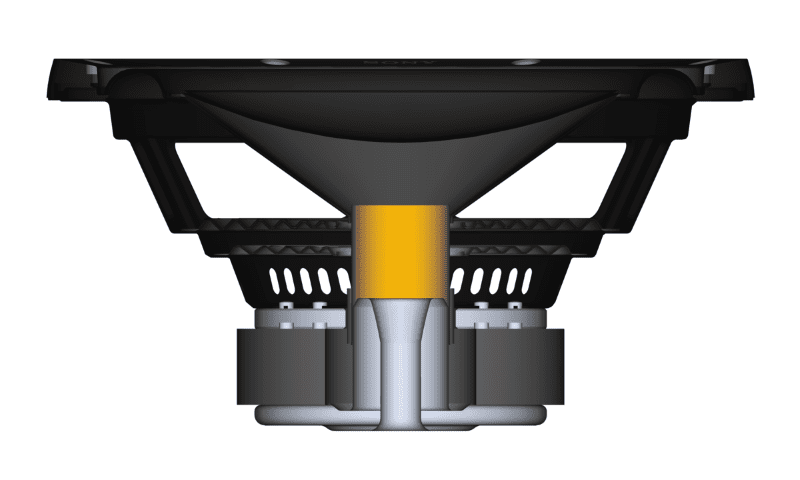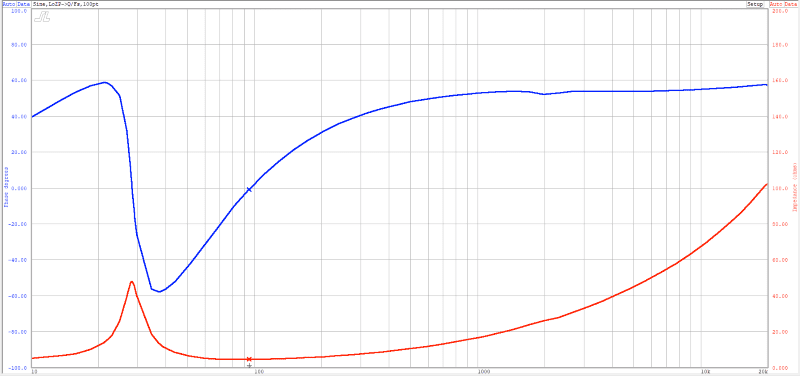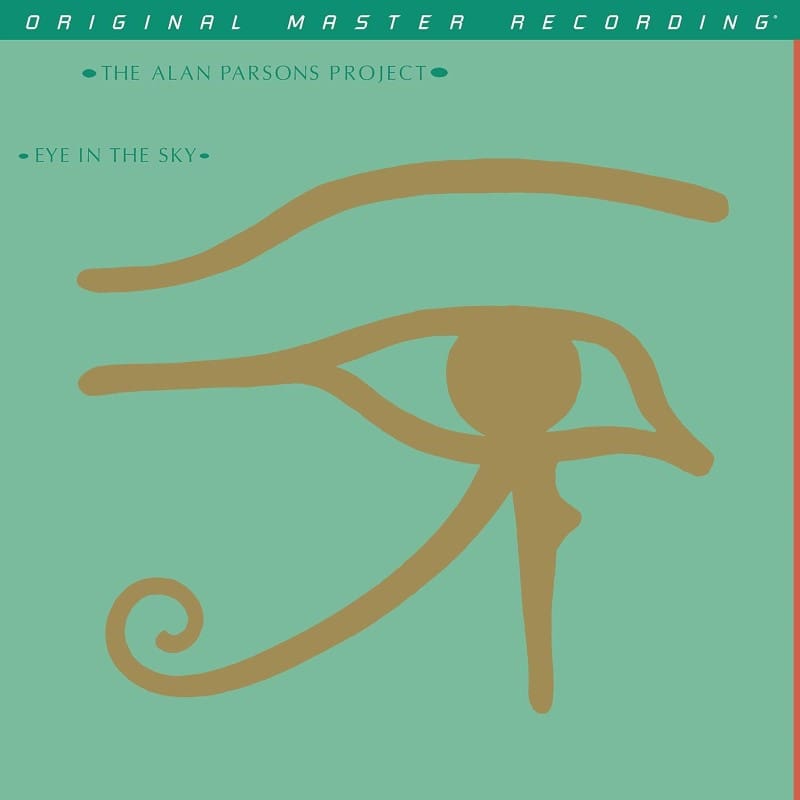As we’ve mentioned many times, subwoofers are easily one of the best upgrades you can make to a car stereo system. We’ve had the chance to check out the 10- and 12-inch ES-Series subwoofers from Sony over the last few years. Their new GS-Series subwoofers are just hitting the streets, so it’s time to see what these more affordable solutions offer and, more importantly, how they sound. Join us as we put one of the new Sony XS-W104GS 10-inch subwoofers through its paces in the BestCarAudio.com lab.
Design Features of the Sony XS-W104GS
The first thing you’ll notice about the new GS subwoofers is the large polypropylene dust cap that covers the entire surface of the woofer. The cap features a textured surface and matte finish, so it looks clean and classy. At the outer edge of the dust cap is a rubber surround. Rubber is a much better material than foam as it offers better resistance to UV degradation. In short, it lasts longer. Using a rubber surround is usually reserved for more expensive offerings, so this is nice to see.
Under the dust cap is a pressed paper cone that attaches to the heat-resistant voice coil former. Paper is a great material for speaker cones as it’s rigid and relatively low mass for its strength. The cone has a straight profile and a flat ledge at the top edge where it’s bonded to the dust cap and surround.
The XS-W104GS’s four-layer voice coil has a diameter of 1.52 inches, a height of 1 inch and features a single winding with a nominal impedance of 4 ohms. Electrical connections are made via a pair of braided tinsel leads to the terminal block on the chassis, which has two large 0.25-inch spades to ensure reliable connections.

A dual spider design is a technology shared with the Mobile ES subwoofers. The XS-W104GS uses a pair of progressive rate spiders to help ensure that the cone assembly is well-controlled and operates linearly. Some single spider designs can suffer from rocking at high excursion levels, but the dual spider geometry helps prevent this.
The woofer is based on a relatively heavy-gauge stamped steel basket with five reinforced spokes. The basket includes a large mounting ledge at the top. Closed cell foam tape is included with the driver for an airtight seal against the enclosure. Likewise, Sony was generous enough to include a plastic trim ring that conceals the mounting lip to give the driver a tidy appearance once installed.

The basket also includes extensive cooling vents under the spider mounting plateau. These vents allow hot air to escape from the voice coil while preventing pressurization and rarefication as the cone moves through its excursion range. An additional vent in the T-yoke adds cooling to the inside of the motor structure and prevents pressure from building up under the dust cap.
Finally, the subwoofer features a pair of ceramic magnets. The magnets are unprotected. We consider this a beneficial feature, as cosmetic rubber covers can reduce the cooling performance of the motor structure and may affect the depth required to mount the subwoofer in some enclosures.

Bench Measurements
We always start every subwoofer review with a cosmetic evaluation before we power the subwoofer to break it in. The adhesive application on the cone and motor assembly is top-notch, just as we expected.
We started with a 30-hertz test tone with the woofer outside of an enclosure. We increased the amplitude of the test signal until we heard a change in the sound that indicated a noticeable amount of harmonic distortion. We were surprised at the woofer’s excursion capabilities—it appears to exceed the 7.6 mm rating in the owner’s manual. We’d estimate the number to be over 10 mm in each direction without presenting any significant complaints. We also observed the function of the surround with the driver at high excursion levels. When pushed hard, there was no sign of the surround bunching or buckling in either direction. This is a great sign!
After the driver had been exercised for about 8 hours and had cooled, we used the delta mass method to measure the Thiele/Small parameters. From there, we performed a few enclosure simulations.
Based on the above parameters, we can see that the suspension compliance has eased slightly from 40.9 to 44 liters, and the resonant frequency dropped a bit from 30.3 to 29.3. These changes don’t appear to be significant, but let’s model their behavior in BassBox Pro to see what it predicts. The enclosure is straight from the Sony spec sheet with a volume of 0.91 cubic foot and a vent tuned to 37 hertz.

As you can see, all three traces basically overlap each other. The changes after break-in, while measurable, won’t dramatically affect what you hear.
In terms of analyzing the specifications, the XS-W104GS has a moderately soft suspension and a relatively low resonant frequency. What’s interesting is that the Qts is lower than expected at 0.478. Higher Q drivers can often help increase output and efficiency. However, those increases come at the cost of more distortion, as the driver takes longer to come to rest when the signal stops. It’s nice to see Sony favor a tighter sound with a lower Q.
I modeled the subwoofer in the suggested 0.88-cubic-foot acoustic suspension (sealed) enclosure to see how it’d perform. Using the broken-in specifications, the software predicts an F3 frequency of 46.76 Hz with a Qtc value of 0.714. This would sound pretty good. However, you’ll want to be judicious with power delivery; without the benefit of the port, the software predicts the driver will reach its 7.6-millimeter excursion limit at 56 hertz when driven with 350 watts. Alternatively, you can drive it all the way down to 30 hertz if you keep the power to about 160 watts in this enclosure design. My suggestion would be to shrink the enclosure to 0.45 cubic foot. You can pretty much feed it all the power you want. With that said, the 0.91-cubic-foot ported enclosure is really the way to go for this subwoofer.

While measuring the Thiele/Small parameters, I captured an impedance and phase response plot. The impedance plot is super-clean, with the first resonance showing up at an impressive 2 kHz. This driver might work well if you need a 4-ohm woofer to replace a speaker in a three-way, full-range speaker cabinet.

Before we move on to listening, I should note that the woofer was very well behaved during the break-in period. Some drivers produce audible non-linearities during the process, which more often than not translate into audible distortion during the listening session. The Sony XS-W104GS was nice and quiet, meaning it could also be used in an inverted design with the magnet showing if you like things upside-down.
Listening Evaluation
For the listening test, I loaded the driver into a 1-cubic-foot enclosure that’s tuned to 35 Hz with a slot port. I started the listening session with “Sirius” by the Alan Parsons Project. I had been looking for tracks with big spatial presentations, so this was still cued up on the CD player. The Sony sub recreated the bass line with a nice sense of warmth. It wasn’t razor sharp, but it was full and rich.

by the Alan Parsons Project are a great pair of tracks.
Next up was “Them Changes” by Thundercat. The bass guitar was nice and clear and blended smoothly with the main speakers. Importantly, each note was defined and audible, not blended into mush as some poorly engineered subwoofers do.
Last in the listening session was “Angel” by Massive Attack. The Sony added a good solid thump to the music. It had no problem shaking the couch and rattling everything in the room. Of note, it didn’t sound stressed when pushed harder at high volume levels. The sound was good for a woofer with an affordable price point – not super-tight, but at the same time, not thin and weak.

Conclusions on the Sony XS-W104GS Subwoofer
As I’ve mentioned in the past, it’s difficult to design mid-tier products. Adding features that improve performance and power handling is easy. However, those features can cause the price to balloon out of control. Sony has hit the mark with the integrated voice coil cooling vents in the T-yoke and basket, and the dual spider design should ensure that the woofer behaves when pushed. I love that Sony included a trim ring, and the look with the giant one-piece dust cap is classy. The Sony GS-Series subwoofer strikes a nice balance of low-frequency extension and output.
If you want to add some bass to your car audio system without breaking the bank, drop by a local authorized Sony car audio retailer and ask about the new XS-W104GS subwoofer. A pair of these in a ported enclosure would be more than enough bass for most systems. Be sure to follow Sony on Facebook and Instagram to learn more about the impressive car audio products they are developing.


